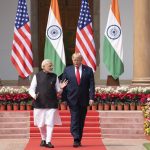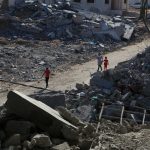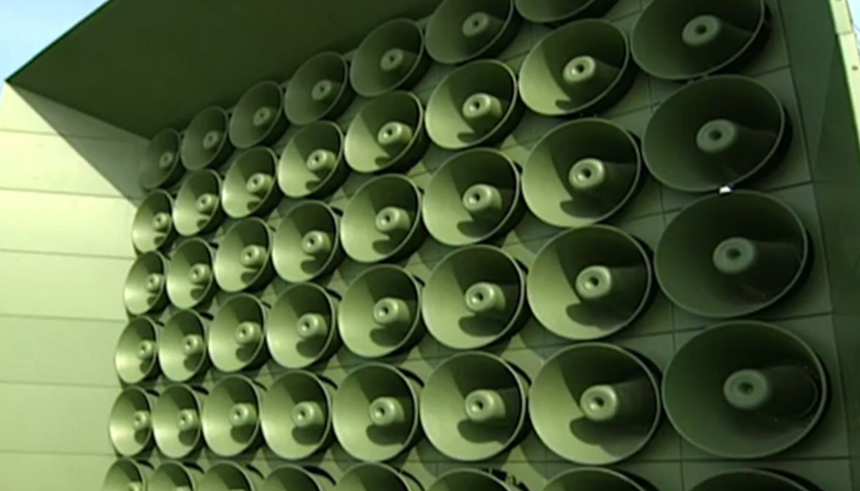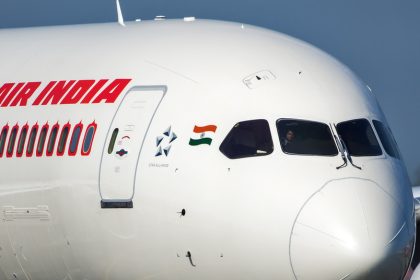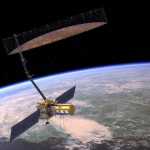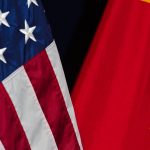Background: Broadcasts and Escalating Tensions
South Korea has a long history of using loudspeakers along the Demilitarized Zone (DMZ) to broadcast propaganda—including K‑pop, news, and anti-regime messaging—into North Korea. These broadcasts resumed in June 2024 after Pyongyang sent thousands of trash‑filled balloons southwards, prompting Seoul’s conservative government to deploy the speakers in response.
Government Shifts Course under New Leadership
Following his inauguration in June 2025, President Lee Jae‑myung ordered the suspension of all propaganda broadcasts. The new liberal administration framed the move as a gesture of goodwill aimed at restoring trust and restarting stalled dialogue with Pyongyang.
Removal Operation Begins
On August 4, 2025, South Korean military personnel began physically dismantling loudspeakers and related equipment along the DMZ. The Defense Ministry described this as a “practical measure” to ease inter‑Korean tensions without affecting military readiness. No military coordination or prior consultation occurred with North Korea before starting the removal.
Scope and Logistics of Removal
The dismantling is expected to conclude within a few days and covers approximately 20 sites across the 250 km border. Details on storage or the potential for reactivation of the loudspeakers were not disclosed by officials.
North Korea’s Response: Rebuffing Engagement
Kim Yo Jong, the sister of North Korean leader Kim Jong Un, has rejected Seoul’s outreach efforts. She called these gestures “sentimental words” and stated Pyongyang has “no interest in dialogue” with the current administration. She also criticized South Korea’s continued military alignment with the U.S. as evidence that Seoul’s posture remains unchanged from the previous conservative government.
Strategic Implications
Although the loudspeaker dismantling is a symbolic step toward de-escalation, analysts note that inter-Korean relations remain deeply strained. The two countries have technically remained at war since the Korean War ended in 1953 without a peace treaty. Seoul faces skepticism over the sincerity of its peace efforts amid continued joint military exercises with the U.S.
What Happens Next?
The dismantling of border loudspeakers marks a notable policy shift from previous administrations, reflecting President Lee’s more conciliatory approach. However, with North Korea refusing engagement and continuing harsh rhetoric, progress hinges on whether further confidence-building steps emerge—and whether Pyongyang offers any reciprocal gesture. For now, this action remains largely symbolic, signaling intent rather than tangible rapprochement.


